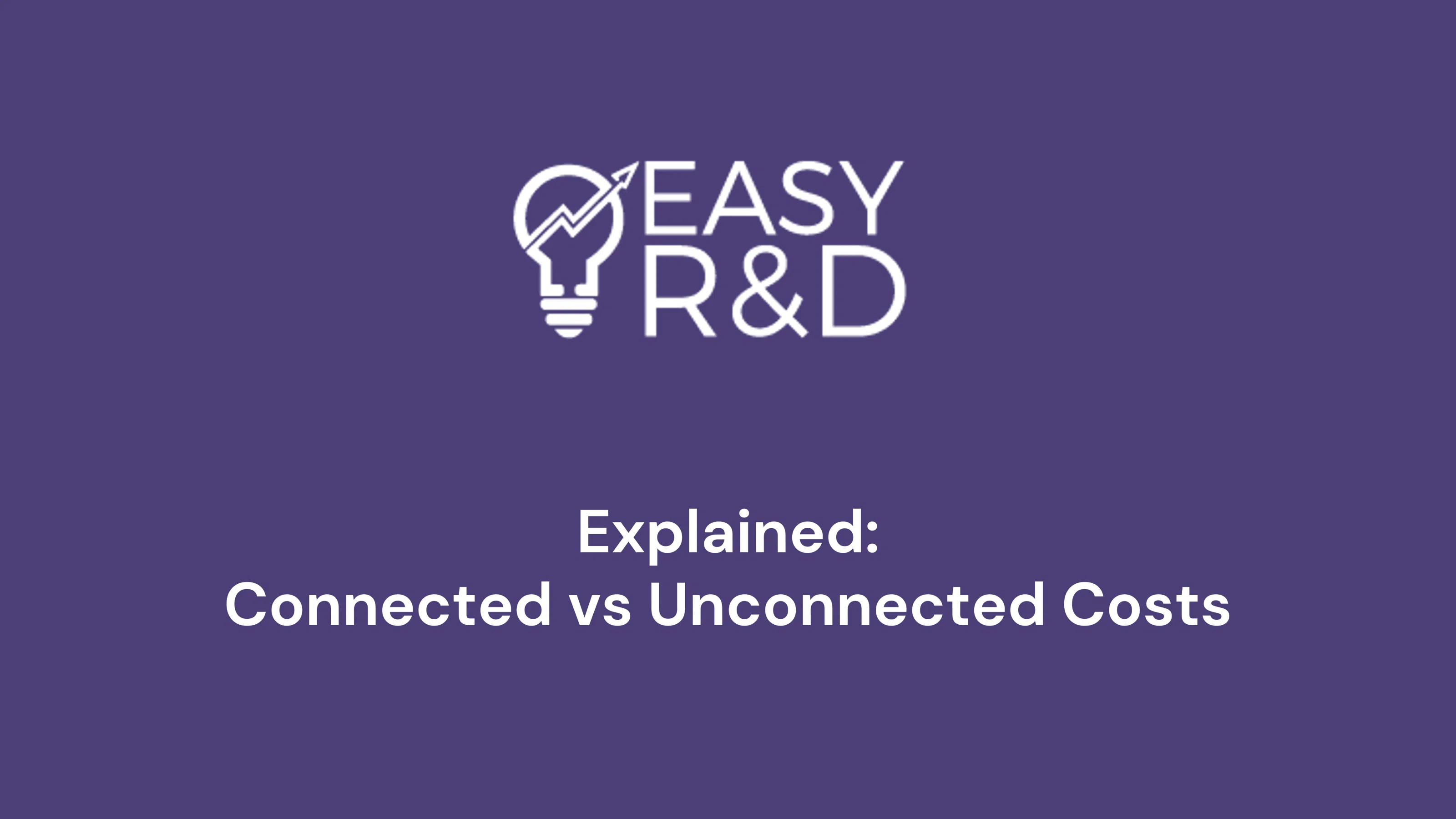Qualifying R&D – should sub-contractors be listed as connected vs unconnected?
Sub-contracted activity is one of the categories which HMRC deem as qualifying expenditure for R&D tax relief claims. Our Head of Business Support, Natalia Najzer ATT, explores in detail how your claim could be impacted if sub-contractors are listed as 'connected' or 'unconnected







